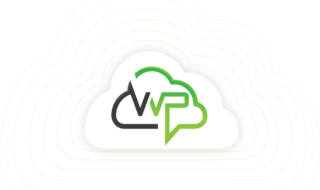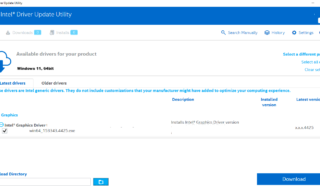In today’s fast-paced world, staying connected is more important than ever. This applies to individuals and organisations. With the workforce becoming increasingly global, teams across different locations require a strong communication channel to stay in sync and collaborate effectively. This is where technological tools come into the picture. If you are wondering, ‘What is intranet software?’ The following section dives into its various components.
Contents
What is intranet software?

For those unfamiliar with the term, intranet software comprises a set of tools that enable organisations to create internal networks for their employees. It’s like a private version of the internet explicitly catered for your business needs. Intranet software has been around for some time but has mostly been viewed as an optional feature rather than a necessity. However, recent trends suggest that this might change soon.
The Future of Workplace Connectivity: Intranet Software
1) Collaboration
Regarding workplace connectivity, collaboration is arguably the most critical factor for success. Today’s workplaces depend on collaboration tools that help team members communicate and work on projects together seamlessly, no matter where they are based worldwide.
Intranet software offers various features that support collaboration, like activity feeds or newsfeed updates on what everyone in the company is working on or posts providing tips and tricks about crucial topics or new developments, etc., so everyone stays informed. In addition, modern versions of intranet software can integrate seamlessly with external collaboration apps such as Slack.
2) Cost-Effective
Another significant feature intranet software providers offer these days is sound data management, simplifying organising information within your organisation internally while saving time and money. Additionally, having everything streamlined means employees can access information in real-time and relevant documents. And there’s no worry about things getting lost.
3) Mobile Optimisation
Companies should keep up with the times and consider accommodating millennials. Innovation changes daily. Therefore mobile-friendly experiences become an essential factor in getting work done. Given the vast increase in remote working employees, intranet software must be optimised for mobile use.
4) Employee Engagement
One key attribute that future workplaces will focus on is employee engagement. An energised and enthusiastic team yields better results than a hundred burnt-out, lethargic staff members. Modern intranet software takes employee engagement up a notch by offering various tools across multiple channels within the company and external ones, such as social media platforms.
This facilitates employers to keep their employees updated constantly on happenings inside and outside the organisation. Consequently, this increases team morale and helps foster a sense of belongingness.
5) Keeping Up With the Competition
Businesses install intranet software because they seek unique ways to stay ahead of competitors. Enabling them to achieve this often means finding new innovative methods which help connect people, projects & processes internally and externally. An organisation must find effective communication between themselves and customers to maintain business.
6) Flexibility
Finally, one other great feature advanced versions of intranet software offer today is adaptability. In modern workplace scenarios with rapid change, adjusting quickly becomes critical. When an organisation expands or restructures itself, particularly during mergers or acquisitions, things can get complicated fast. So these versatile, Intrinsically collaborative tools are designed to adapt relatively quickly according to any organisational changes. Sophisticated technology has made it possible for us all.



